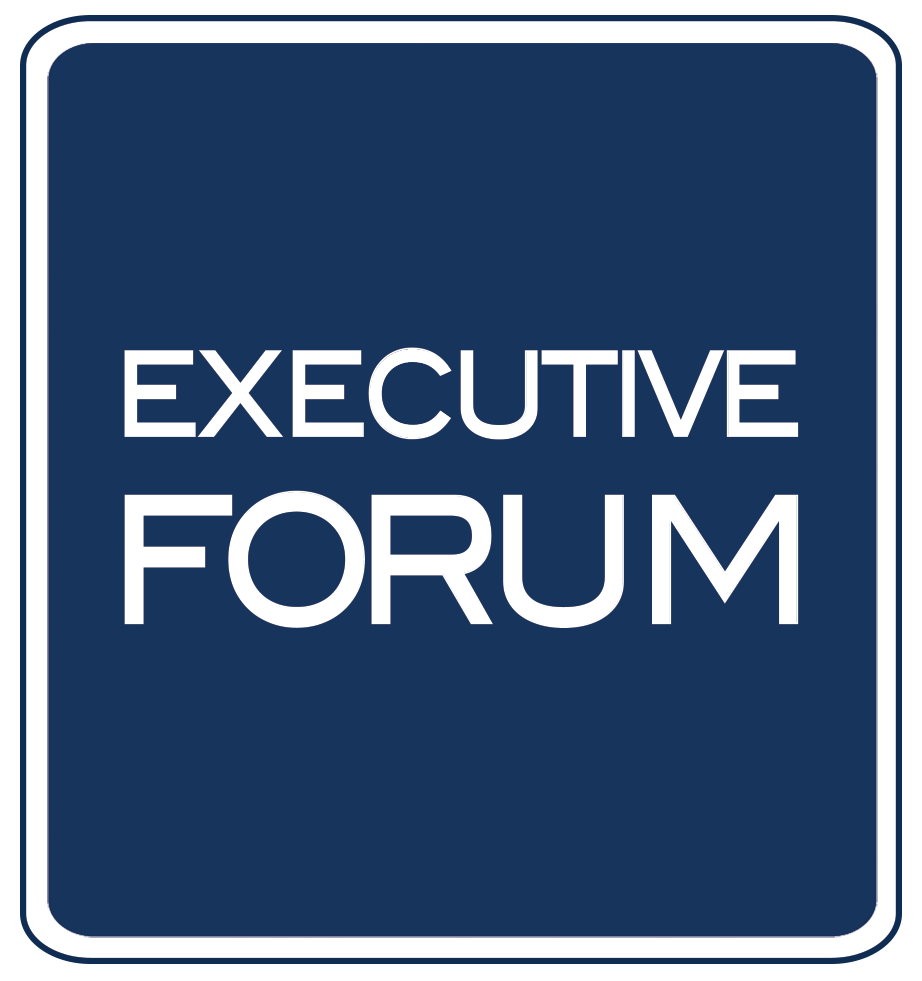 If you’re a college basketball fan, then March is the most wonderful time of the year! It’s the time when fair-weather fans and die-hards alike spent hours pouring over statistics and injury reports in an effort to chase the elusive perfect NCAA Basketball Tournament bracket. Now, if you’re a manager or work in Human Resources, March may not seem so wonderful. Over 70 million individuals fill out tournament brackets annually. Studies say that March Madness is the #3 tech-related office distraction behind texting and Facebook.
If you’re a college basketball fan, then March is the most wonderful time of the year! It’s the time when fair-weather fans and die-hards alike spent hours pouring over statistics and injury reports in an effort to chase the elusive perfect NCAA Basketball Tournament bracket. Now, if you’re a manager or work in Human Resources, March may not seem so wonderful. Over 70 million individuals fill out tournament brackets annually. Studies say that March Madness is the #3 tech-related office distraction behind texting and Facebook.
March Madness has the potential to wreak havoc in an organization. Some researchers estimate that March Madness drives a loss of employee productivity and costs employers up to $4B annually due to time spent working on a bracket and watching the 1st round of games during work hours. That’s a tough number to swallow. Certainly, organizations could choose to block all sports-related sites and live-streaming services from the company internet, but unless they also confiscate all the smart phones, the problem persists.
Or is it really a problem? Let’s reframe the situation.
The majority of the games that are played during work hours (depending on time zones) are in the first round. So, let’s put that in perspective. We’re really talking about 2 working days of productivity. Would you be willing to trade 2 days of slower productivity to improve morale and team cohesion? Many employers are doing just that! They’re choosing to embrace the madness and harness the excitement of the season.
Some organizations (with HR’s oversight) run office bracket challenges where everyone places a small wager to join the pool and the top few win the pot. Others take a no-loss approach where there’s no entry fee, but the winner gets bragging rights or a closer parking spot for a week. In either case, the employer can both embrace the excitement of the tournament season, and ask employees to use their free time to fill out the brackets themselves.
Another way to embrace the fun is to allow employees two casual dress days where they can wear their favorite sports team’s colors. Casual dress days are a no-cost way to boost morale. Allowing employees to support their favorite team can create bonding and connections between individuals that might not have interacted before.
If you want to go all-in on March Madness, you could live-stream the games in a conference room and have the whole team co-work from that space. Sure, the game itself will create distractions from a typical workday, but there’s undeniable value to having the whole team sitting in a room together rooting for their favorite teams. It creates an experience—a sense of camaraderie that is memorable.
According to a study by Randstad, using March Madness to drive engagement is a smart bet:
- 84 percent of workers agree office pools go a long way to make their jobs more enjoyable (91% of Gen Z; 88% of Gen X)
- 79 percent of employees agree participating in office pools greatly improves their levels of engagement at work (85% of Gen Z; 84% of Gen X)
- 73 percent of workers agree they look forward to going to work more when they participate in office pools (82% of Gen Z and Gen X)
- 50 percent of employees meet up with coworkers after work to watch a college basketball game in March (58% of Gen Z; 53% of Gen X)
- 39 percent became closer with a coworker after participating in an office pool (58% Gen Z; 41% Gen X)
When your employees spend at least 2,080 hours per year working towards your organization’s objectives, it seems silly not to trade 16 hours for an engaging, memorable experience that creates long-lasting bonds. In a tight labor market, leaders who recognize work and fun are not mutually exclusive concepts will benefit from more engaged, loyal, and productive teams.

